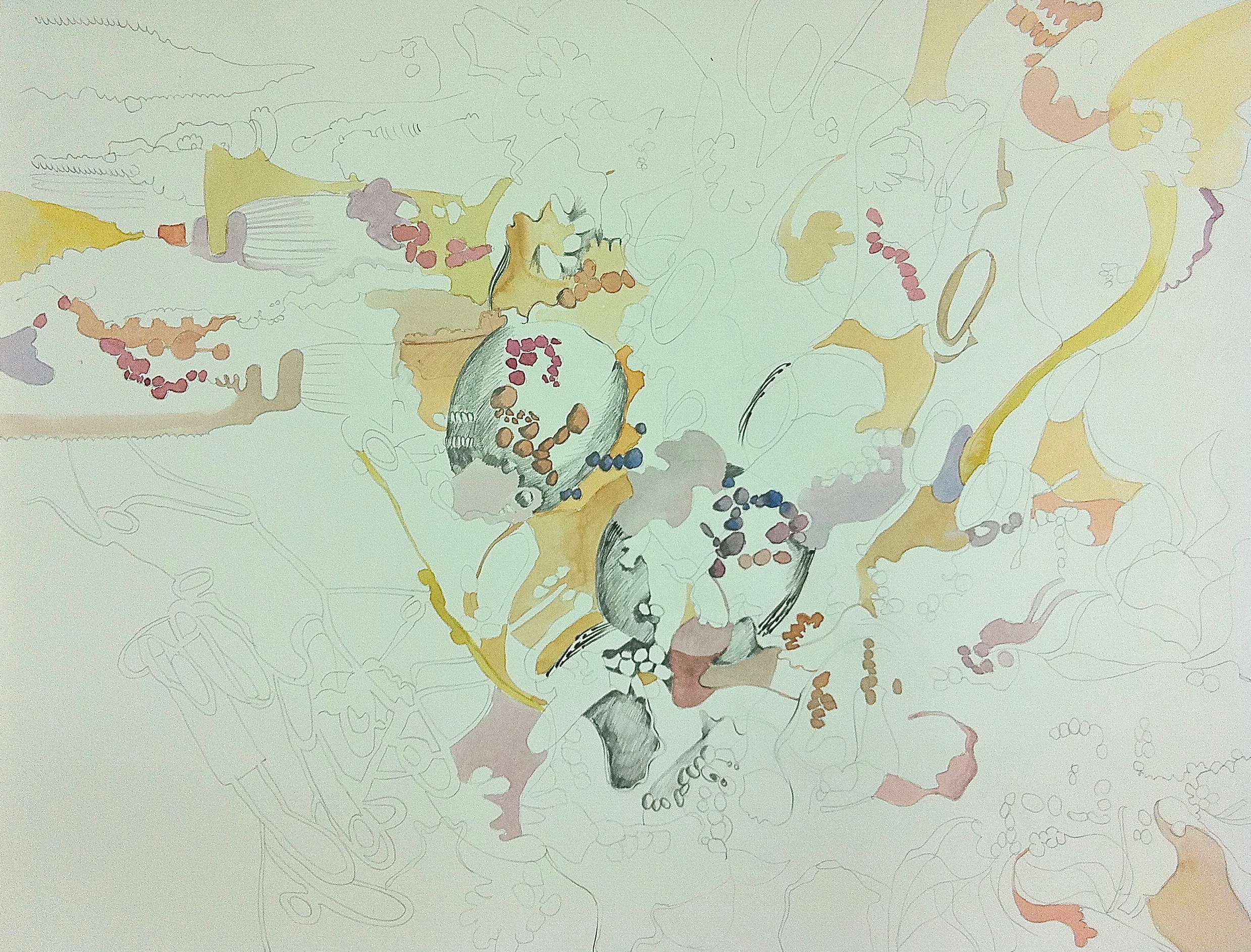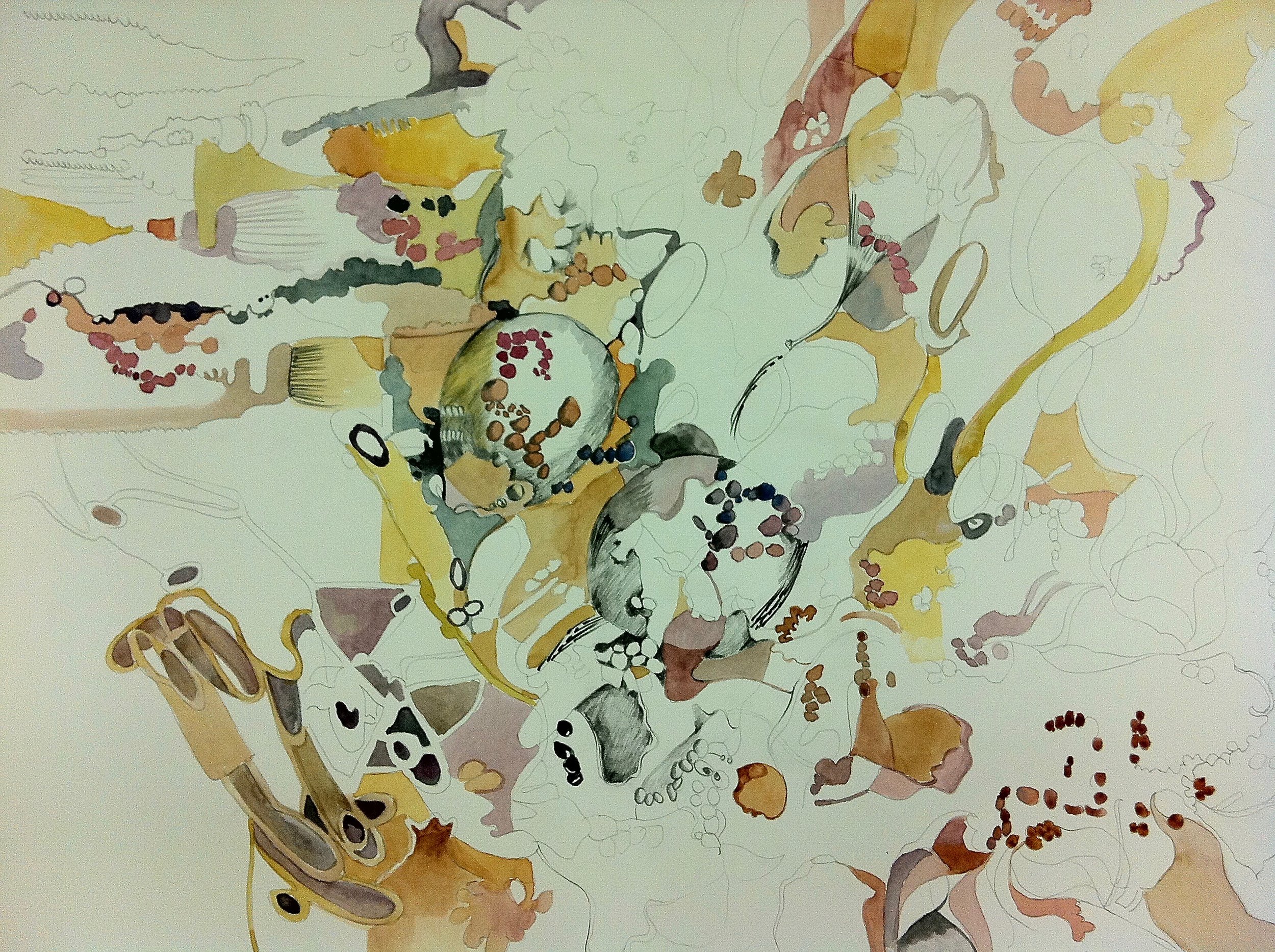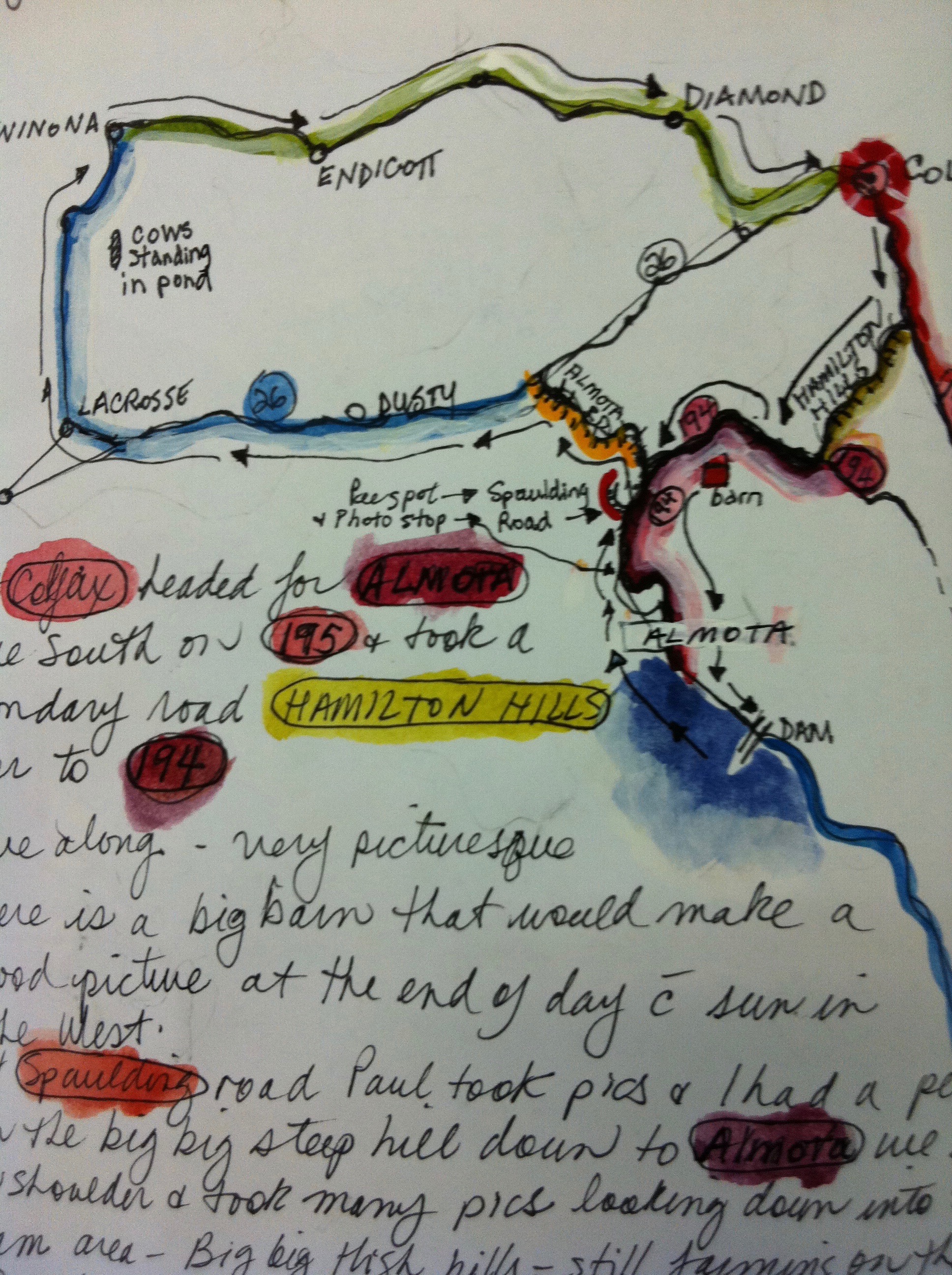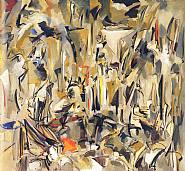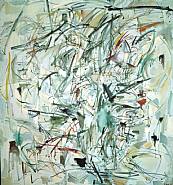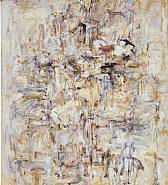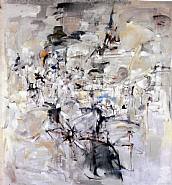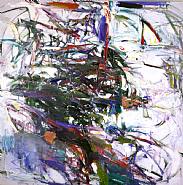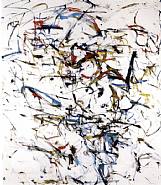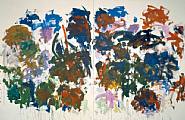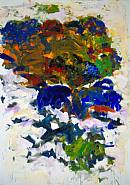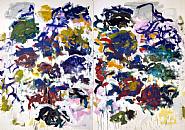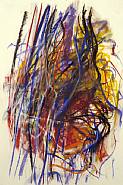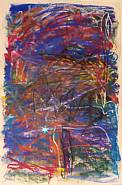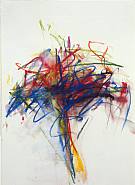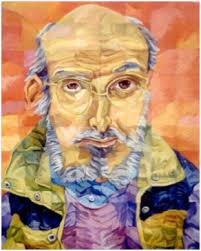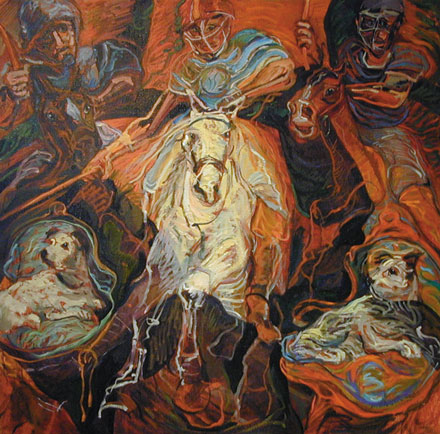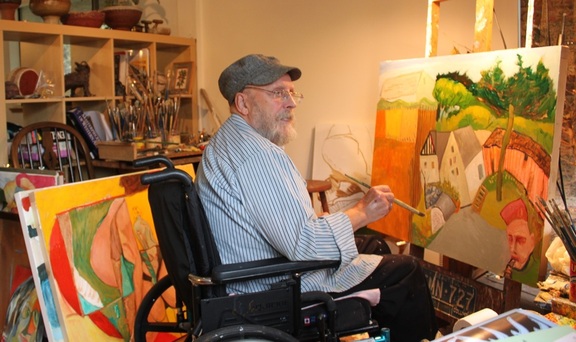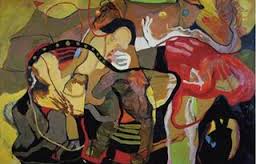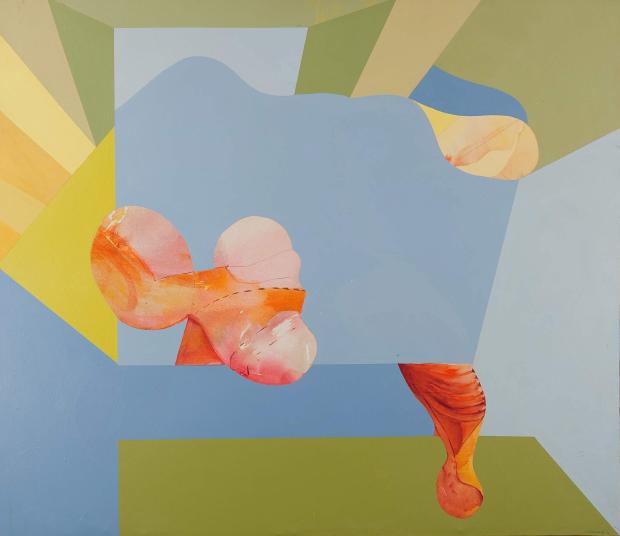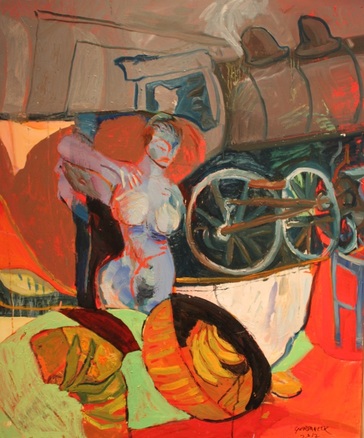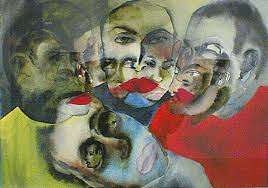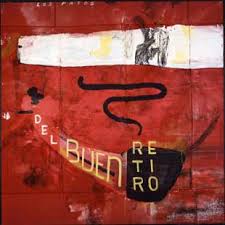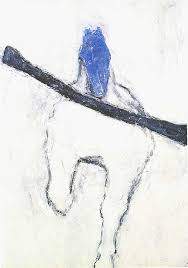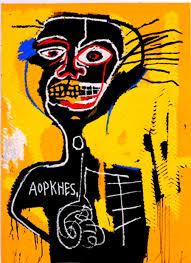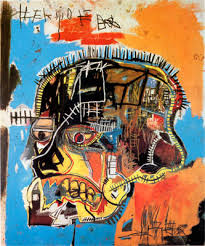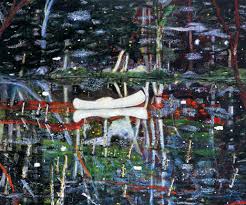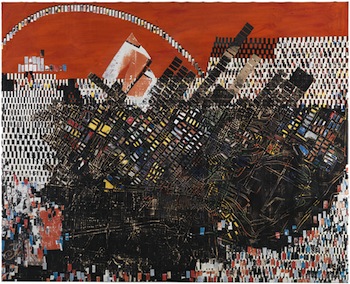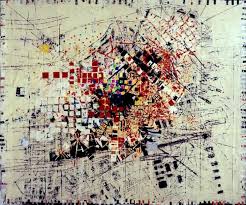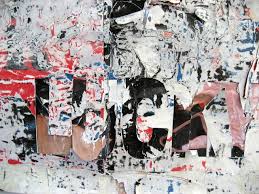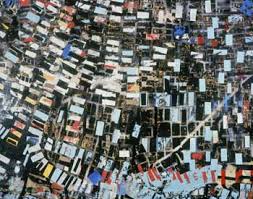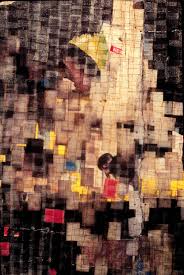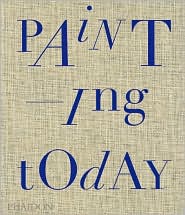I just finished a 12-week course titled "Critical Studies 1" at the Vancouver Island School of Art (VISA) in Victoria, BC.
This course introduces students to approaches and methodologies of visual literacy as they pertain to Western art. Focus is on studying a range of artworks, both historical and contemporary, through slide lectures, field trips, readings and discussion. Students develop the tools to analyze art works in aesthetic terms as well as understand the importance of social and historical context.
This intensive studies course was taught by Wendy Welch the Director of VISAwho is always well prepared and knowledgeable on contemporary art issues. Wendy created an excellent program.
Textbook: Criticizing Art by Terry Barrett (1999 or later) Second Edition or Third Edition
Amazon.ca describes the book: "Criticizing Art: Understanding the Contemporary takes readers inside the world of contemporary art and shows them how to think, write, and talk about art. Throughout, the principles of art criticism are presented and applied to contemporary forms of American art giving students of art and art history a solid framework for critically considering contemporary art through describing, interpreting, evaluating, and theorizing".
Throughout the 12 weeks we discussed art, artists, critics, read reviews, viewed many slide shows and videos. We developed an understanding of subjective responses to art work; went on 2 field trips to local galleries; studied and discussed Modernism vs. Postmodernism; looked at the many types of contemporary criticism such as: Marxist, Psychoanalytic, Feminist Aesthetics, Multicultural Aesthetics and Postcolonialism criticism.
We read and discussed not only the chapters from the book "Criticizing Art" but also supplemental readings posted on our class blog; discussed how to develop powers of observation; how to see and describe what one is looking at, talked about formal considerations; how to interpret art; how to write about looking at a work of art using description, interpretation and judgemnet..
During one class local poet Carla Funk joined us for an hour talking about "Ekphrastic writing"...the creation of original poetry and prose in response to works of visual art. Carla viewed "Art Incognito" a fundraising art show held in September at VISA, at that time she selected 6 works of art for inspiration and used ekphrastic writing to create poems that she read to us. It was an excellent lecture and a real delight to see images of the paintings projected on the screen as she read her poetic responses to each painting.
We had a very interesting assignment from Wendy in response to this lecture; having to choose from one of two long poems. "The Man with the Blue Guitar" by Wallace Stevens based on the painting "The Old Guitarist" by Picasso, or "Self portrait in a Convex Mirror" by John Ashbery, based on the painting by 16th century painter and art historian Giorgio Vasari. Our assignment was to read and analyze the poem based on certain criteria. What a learning experience that was!
This was an excellent class and I look forward to "Critical Studies 2" which is described this way in VISA's program guide:
In the second part of this course, students engage in a more conceptual and philosophical discourse surrounding visual culture, in particular, how it pertains to contemporary art. Slide lectures, readings, field trips and discussions introduce students to a more thorough understanding of the art world and the economic and social forces that shape visual art today. While looking at art is a fundamental part of this course, students are also challenged to develop a broader understanding of the way contemporary artwork relates to language, history and politics. Textbook: Artists, Critics, Context: Readings in and around American Art Since 1945 by Paul F. Fabozzi.

